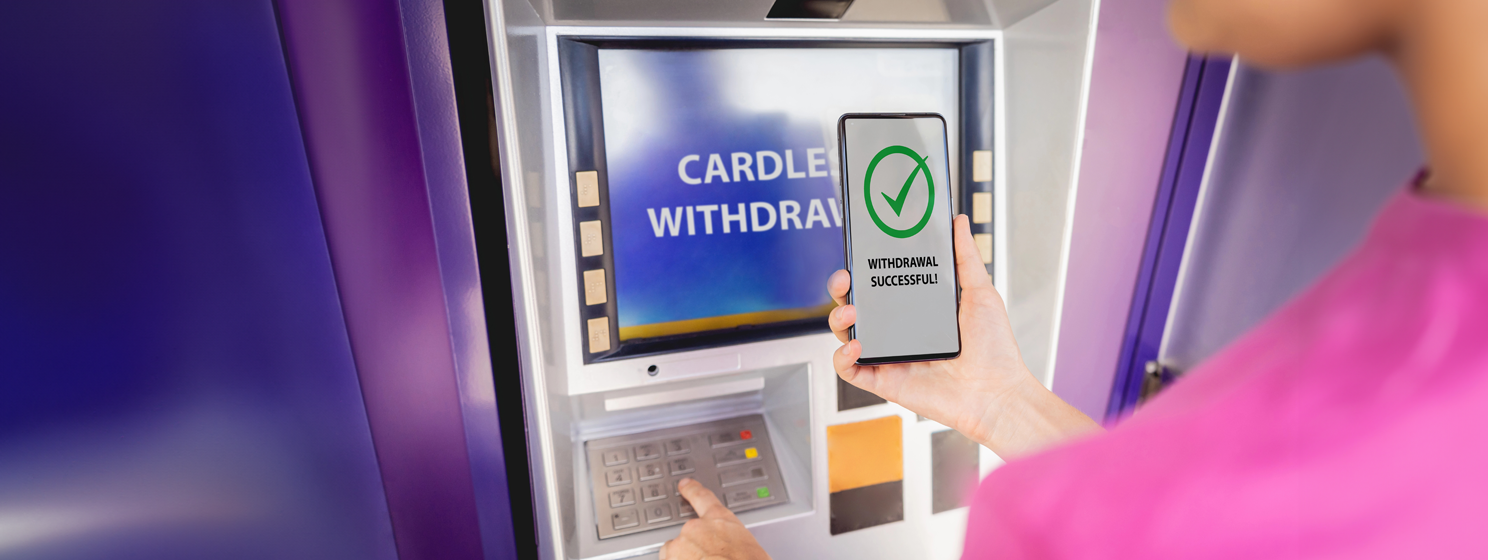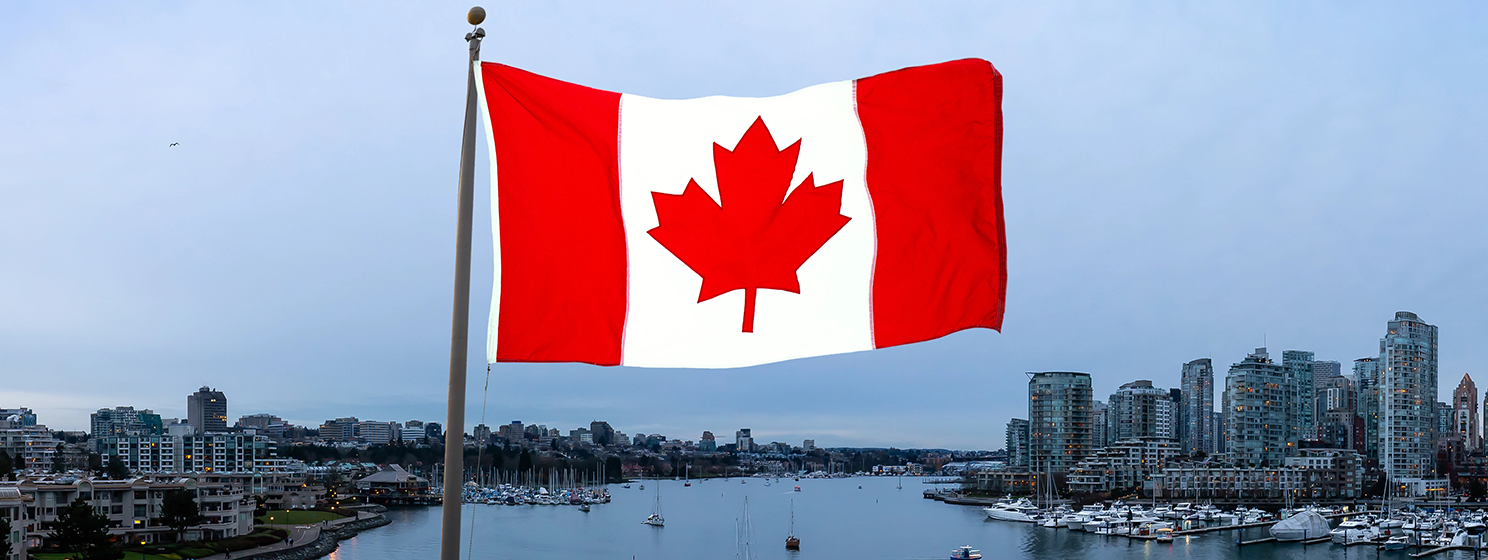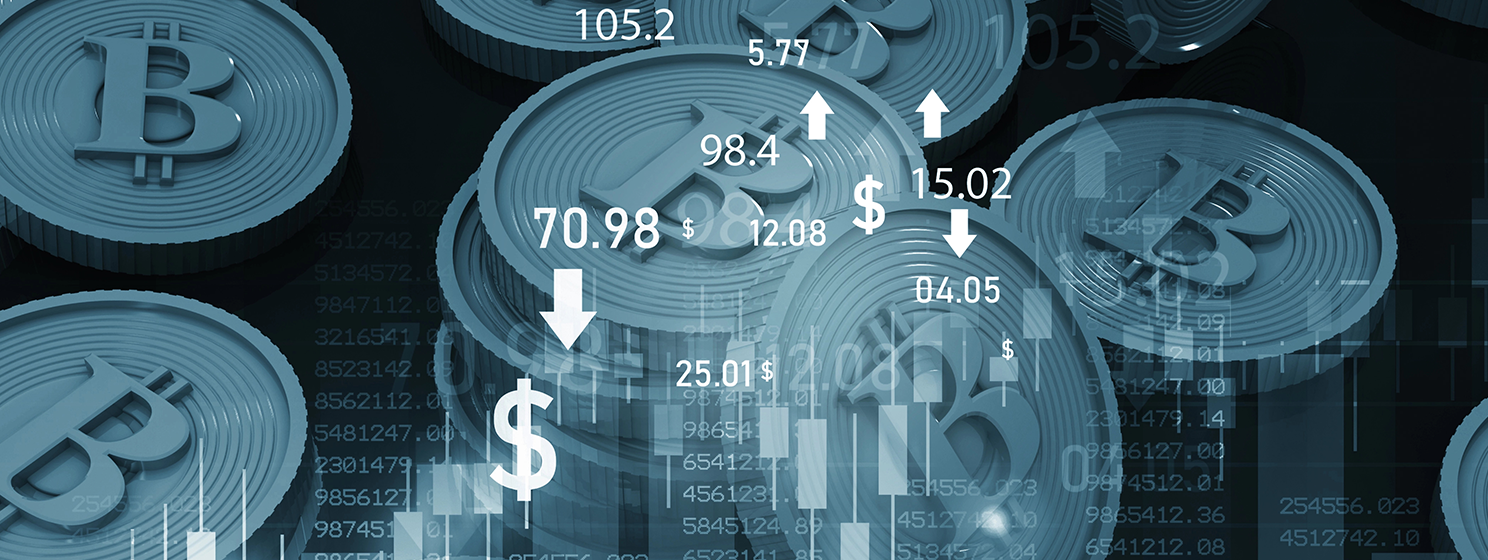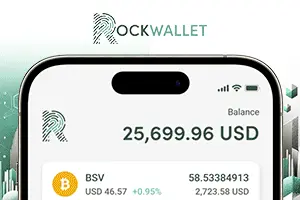|
Getting your Trinity Audio player ready...
|
Indians may soon be able to withdraw cash using Unified Payments Interface (UPI), the world’s largest interoperable and real-time payment system, at over 2 million business correspondent (BC) locations. Currently, UPI-enabled cash withdrawals are limited to certain ATMs and a small number of merchants. BCs are individuals or entities, such as non-government-organizations (NGOs) and shopkeepers, that offer basic banking services in remote areas that do not have adequate bank branches or ATMs.
- UPI seeks cash withdrawals
- UPI available in different countries worldwide
- Deutsche Bank adopts UPI
- Axis Bank rolls out gold-backed UPI credit
The National Payments Corporation of India (NPCI), the umbrella body for retail digital payments in India, is reportedly seeking permission from the Reserve Bank of India (RBI) to extend this service. If implemented, the system would allow users to scan a UPI QR code using their mobile app, approve the transaction, and receive cash directly from the BC. This initiative is expected to be particularly useful for people who prefer not to use physical debit cards.
In recent years, UPI has witnessed explosive growth, rapidly transforming the way Indians conduct digital transactions and even emerging as a formidable competitor to the country’s own central bank digital currency (CBDC). The RBI, in its latest annual report, stated that during the financial year 2024-25, total digital payments recorded growth of 34.8% in volume and 17.9% in value terms, respectively.
“Moreover, the success of UPI placed India in a leadership position with a share of 48.5% in global real-time payments by volume,” RBI said in its report.
‘UPI carrying India’s reputation for innovation’
With a new monthly record of 20 billion transactions, UPI now rivals—and even surpasses—those of global card issuer Visa (NASDAQ: V) on certain days. UPI’s global expansion is accelerating at an unprecedented pace and is already live in eight countries, including the United Arab Emirates (UAE), Singapore, Qatar, Bhutan, Nepal, Sri Lanka, France, and Mauritius.
“Now, India is sharing the Unified Payments Interface technology with other Commonwealth nations and connecting its own digital payment systems with countries like Singapore to lower the cost of cross-border payments. Today, this is the main way small businesses receive payments. The technology is open-source, so other countries could soon start using it,” according to the World Economic Forum.
In August 2025, the interoperable system processed more than 20 billion transactions worth over ₹24.85 lakh crore ($280 billion), accounting for 85% of all digital transactions in India and nearly 50% globally. This shows how deeply UPI has been woven into the daily lives of ordinary Indians—from vegetable vendors in small towns to women entrepreneurs in rural markets.
Moreover, from September 15, users can make merchant transactions of up to ₹10 lakh ($11,270) per day for select verified categories, thereby facilitating greater adoption of digital payments for high-value transactions.
“For decades, global finance was defined by Western institutions and card networks. Now, an Indian-built public digital platform is being showcased as an export. UPI is not just carrying money across borders; it is carrying India’s reputation for innovation, inclusion, and scale,” the government of India said in a recent statement.
“In Singapore, UPI has been linked with PayNow to enable instant cross-border transfers. In the UAE and Mauritius, Indian travellers can pay for goods and services using UPI. In France, Indian tourists can now pay at the Eiffel Tower by simply scanning a QR code and settling the bill in rupees. Nepal and Bhutan have already adopted UPI for transfers, and talks are ongoing with central banks and fintechs across Asia, Africa, and Europe,” it added.
Deutsche Bank adopts UPI for faster payments in India
Cashing in on the UPI boom, Germany-headquartered Deutsche Bank announced its integration with UPI, utilizing an advanced direct payment infrastructure that supports high-speed transactions and scalable operations. This setup is built to meet the needs of large-scale merchants and Payment Service Providers (PSPs).
With this upgrade, the bank can now offer direct UPI collection services in India, enabling clients to accept payments seamlessly from customers. This is expected to improve collection efficiency, provide real-time transaction tracking, simplify reconciliation, and ensure compliance with local regulatory requirements.“UPI is the way of the future for digital payments in India, and daily transactions are expected to reach 1 billion in the next few years, which presents us with significant opportunities,” Oliver von Quadt, Deutsche Bank’s Global Head of Merchant Solutions–Acceptance, said in a statement.
“We see significant potential to continue to grow our merchant solutions business in India, While still early days, we are seeing significant interest from our corporate clients and PSPs on this offering with the objective of improving the overall customer experience,” von Quadt added.
By reducing the number of intermediaries typically involved in PSP-based payment flows, Deutsche Bank’s direct connection is likely to improve transaction success rates. Clients would also benefit from immediate access to insights on payment collections, transaction status, and customer activity, resulting in a faster and more reliable payment experience.
Axis Bank rolls out India’s first gold-backed UPI credit
Riding the UPI wave, Indian private lender Axis Bank, along with its wholly-owned subsidiary Freecharge, has introduced credit on UPI, backed by gold loans. This marks India’s first credit line linked to gold and accessible through the UPI.
This solution aims to tap into the value of gold assets to provide quick credit. The move is expected to benefit especially micro, small, and medium enterprises (MSMEs), self-employed individuals, and small merchants across both rural and urban regions.
This rollout aligns with NPCI’s recent guidelines, which enable credit lines on UPI, simplifying access to secured credit, reducing dependence on manual processes, and supporting financial inclusion at scale.
“With credit on UPI with gold loans, Axis Bank is setting a new standard for secured credit in the digital age. By bringing together the reliability of gold and the convenience of UPI, we are making instant, flexible credit a reality for customers everywhere…We believe this product’s unique digital features will drive rapid adoption and give customers greater control over their finances, reinforcing our leadership in UPI-linked credit solutions,” Munish Sharda, Executive Director of Axis Bank, said in a statement.
This facility allows existing Axis Bank customers to instantly access funds against their gold holdings. Once the loan is sanctioned at any gold loan-enabled branch, customers can digitally manage both disbursals and repayments, without the need for further in-person visits, the statement said. Interest is levied only on the amount actually used, making it a flexible and affordable option for managing cash flow, expanding businesses, or meeting urgent financial needs. Transactions can be carried out instantly through UPI or UPI QR codes using Freecharge or any UPI-enabled app.
“Credit on UPI offers financial institutions a strong framework to expand and simplify access to credit. Axis Bank’s gold-backed credit line showcases how this infrastructure can make access to credit more seamless, secure, and widely available within India’s digital payments ecosystem,” said Sohini Rajola, Executive Director–Growth, NPCI.
UPI, which already controls half of the world’s real-time payments, has received recognition from many global organizations, including the International Monetary Fund (IMF). The IMF pointed out in a September 2025 report that countries seeking to expand digital payments can draw several lessons from India’s experience.
“Interoperability was a key driver of India’s success in expanding digital payments. But several other factors contributed as well. These include a broad digital ID system, financial inclusion programs, and affordable mobile internet,” the IMF report stated.
Watch: A nation on blockchain

 12-13-2025
12-13-2025 





